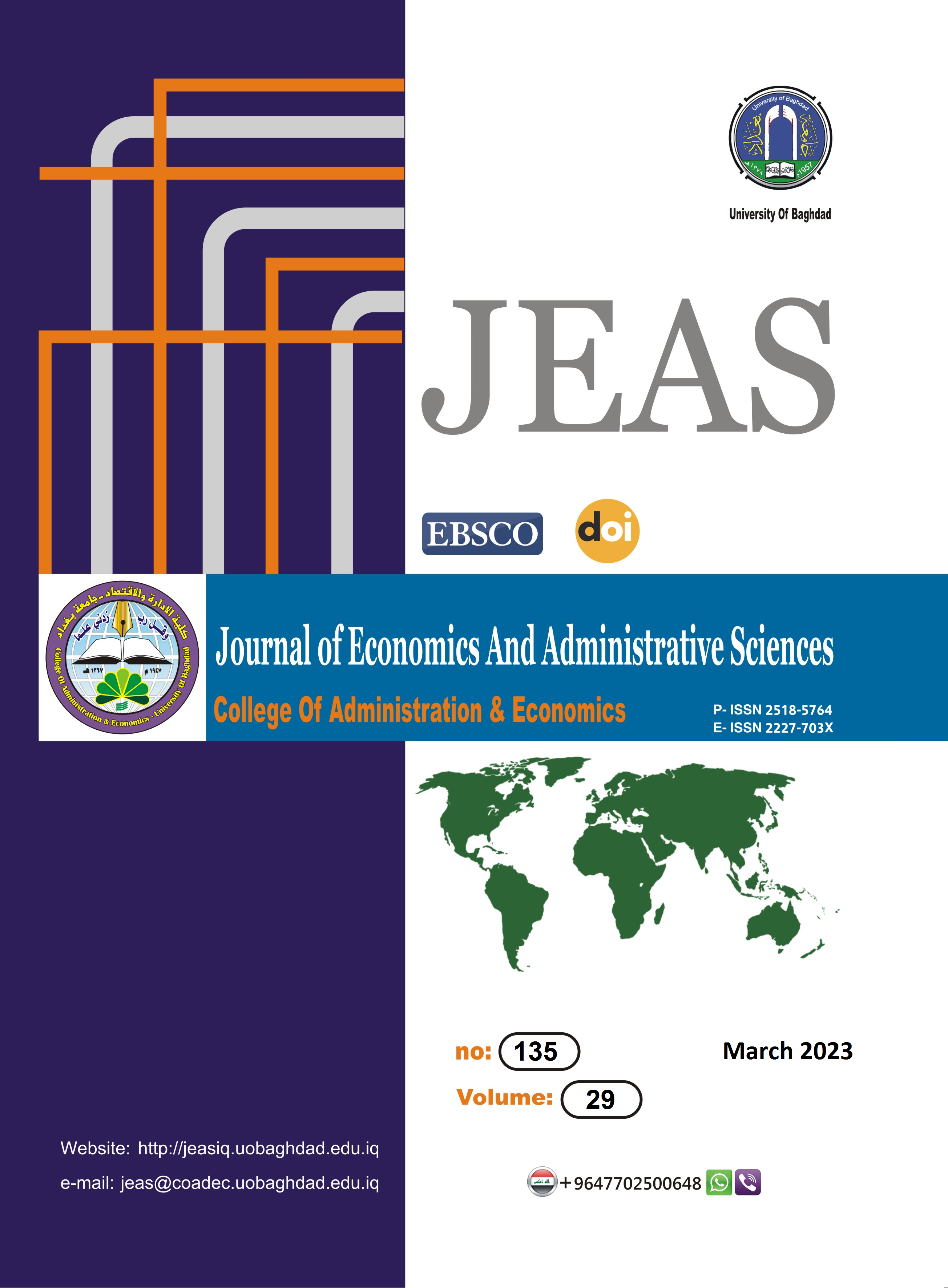Comparison of Some Methods for Estimating Nonparametric Binary Logistic Regression
DOI:
https://doi.org/10.33095/jeas.v29i135.2505Keywords:
Binary logistic regression model, Nadaraya–Watson method, Local Scoring algorithm, Cross validation method, generalized Cross validation, Plug in method., انموذج الانحدار اللوجستي الثنائي ، طريقه ناداريا –واتسون ، خوارزمية التهديف الموضعي، طريقة العبور الشرعي، العبور الشرعي المعمم ، طريقة الملئ المباشر .Abstract
In this research, the methods of Kernel estimator (nonparametric density estimator) were relied upon in estimating the two-response logistic regression, where the comparison was used between the method of Nadaraya-Watson and the method of Local Scoring algorithm, and optimal Smoothing parameter λ was estimated by the methods of Cross-validation and generalized Cross-validation, bandwidth optimal λ has a clear effect in the estimation process. It also has a key role in smoothing the curve as it approaches the real curve, and the goal of using the Kernel estimator is to modify the observations so that we can obtain estimators with characteristics close to the properties of real parameters, and based on medical data for patients with chronic lymphocytic leukemia and through the use of the Gaussian function and based on the comparison criterion (MSE) it was found that the Nadaraya -Watson method is the best because it obtained the lowest value for this criterion.
Downloads
Published
Issue
Section
License

This work is licensed under a Creative Commons Attribution-NonCommercial-NoDerivatives 4.0 International License.
Articles submitted to the journal should not have been published before in their current or substantially similar form or be under consideration for publication with another journal. Please see JEAS originality guidelines for details. Use this in conjunction with the points below about references, before submission i.e. always attribute clearly using either indented text or quote marks as well as making use of the preferred Harvard style of formatting. Authors submitting articles for publication warrant that the work is not an infringement of any existing copyright and will indemnify the publisher against any breach of such warranty. For ease of dissemination and to ensure proper policing of use, papers and contributions become the legal copyright of the publisher unless otherwise agreed.
The editor may make use of Turnitin software for checking the originality of submissions received.























